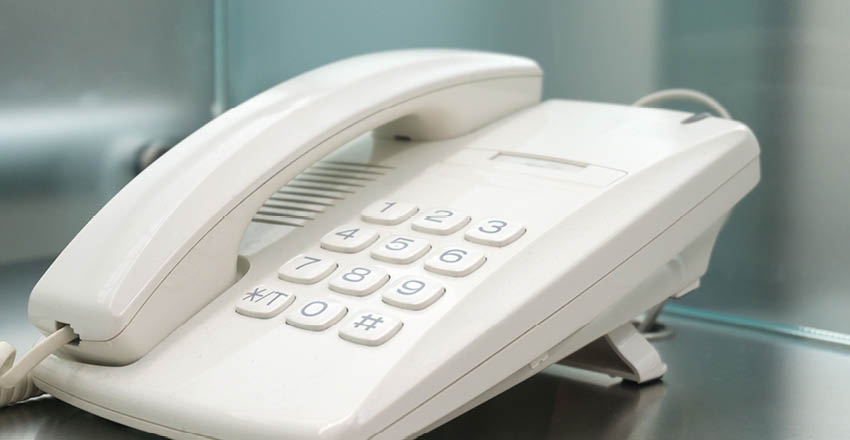
Different types of broadband
Fibre
Full fibre broadband sends data directly to your home via hi-tech optic cables. This creates a secure and superfast connection with download speeds of up to 1000Mbps (1Gbps).
Full fibre is ideal for homeworkers who need a reliable connection, high-level gamers, and larger households.
Full fibre isn’t cheap, but you’ll definitely get your money’s worth. With Full fibre broadband, you can download movies and games in minutes.
And it supports multiple people streaming, gaming, working, and browsing. Full fibre is the broadband connection that’s guaranteed to keep everybody happy.
Wireless
Fixed wireless broadband sends data over radio signals to an antenna fitted onto the side of a house or commercial property.
These networks are often built and managed by smaller, independent operators.
They can generally offer lower prices, more personalised customer service, and additional benefits you’ll rarely receive from the big-name providers.
They don’t always require a landline or line rental, which can save you some extra cash.
Wireless networks can’t deliver the same speeds as a full-fibre connection but they are catching up, and they are often fast enough to handle all your daily online needs.
Asymmetric Digital Subscriber Line
Asymmetric Digital Subscriber Line (ADSL) networks use the copper wire in existing phone lines to send data.
It’s the most common type of broadband connection in the UK.
However, it’s set to be phased out over the coming years as more towns and cities build wireless or full-fibre networks.
Share this article
Read more like this
 Broadband for Gamers: How t...
Broadband for Gamers: How t... Optimise your gaming experience with our guide to finding the best broadband […]

